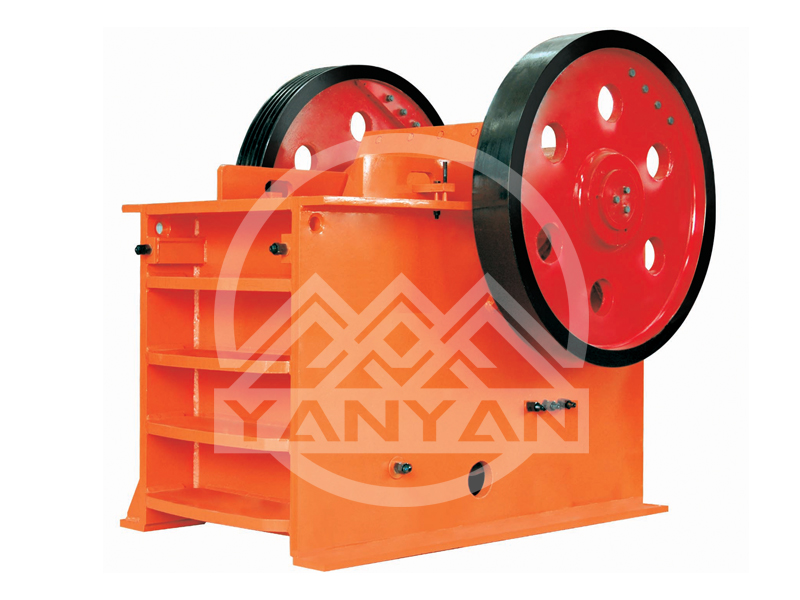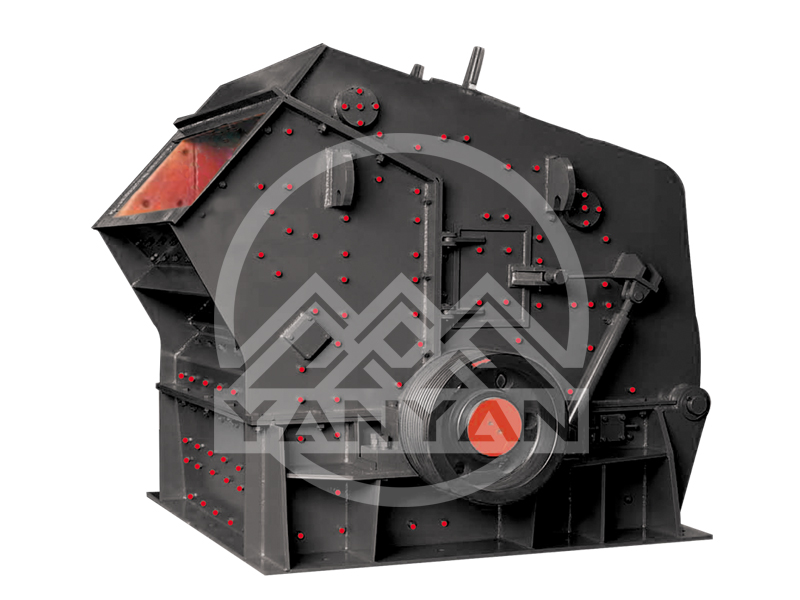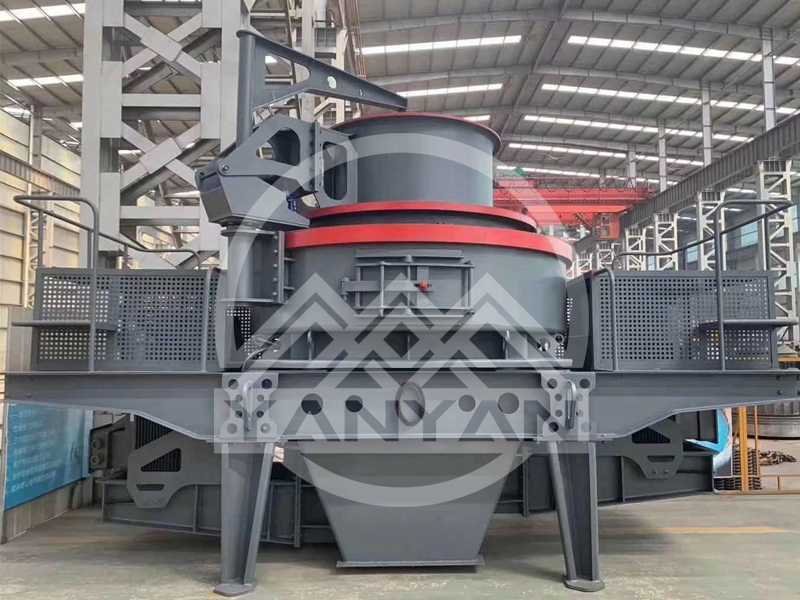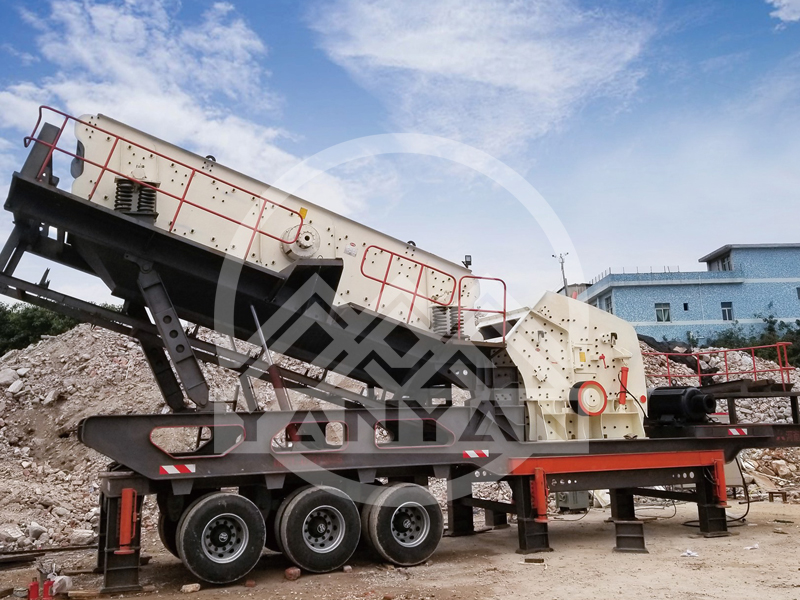Stone crushers are essential machines in industries like mining, quarrying, and construction, transforming large rocks into usable aggregates, gravel, or fine sand. With various types of crushers available, understanding their features and applications is crucial for optimizing efficiency and productivity. Below is a detailed guide to the 7 main types of stone crushers and how to choose the best one for your needs.
1. Jaw Crusher
Working Principle: Jaw crushers use compression to break rocks by squeezing them between a fixed jaw and a moving jaw plate.
Applications: Ideal for primary crushing of hard rocks like granite, limestone, and iron ore.
Advantages: Simple structure, low operating costs, and high durability.
Disadvantages: Produces elongated or flaky particles and is less effective for sticky materials.
2. Cone Crusher
Working Principle: Cone crushers use eccentric motion to crush stones through compression and shearing.
Applications: Suitable for medium and fine crushing of medium-hard rocks.
Advantages: High efficiency, low energy consumption, and uniform product size.
Disadvantages: Complex structure and higher maintenance costs. 3. Impact Crusher
Working Principle: Impact crushers use high-speed collisions to shatter materials.
Applications: Best for medium and fine crushing of medium-hard rocks.
Advantages: Uniform product size and high output.
Disadvantages: High wear on components and unsuitable for sticky materials. 4. Hammer Crusher
Working Principle: Hammer crushers use high-speed rotating hammers to break stones.
Applications: Suitable for medium and fine crushing of soft to medium-hard rocks.
Advantages: Large crushing ratio and high output.
Disadvantages: Frequent hammer replacement and dust generation.
5. Sand Making Machine (VSI Crusher)
Working Principle: Uses high-speed collisions between materials to create sand.
Applications: Ideal for producing fine aggregates and sand.
Advantages: High efficiency, uniform grain shape, and low energy consumption.
Disadvantages: High maintenance costs and limited input size. 6. Roller Crusher
Working Principle: Crushes rocks by squeezing them between two rollers.
Applications: Suitable for medium-hard rocks like coal and limestone.
Advantages: Simple structure and low investment.
Disadvantages: Low efficiency and inability to crush hard materials.
7. Mobile Crusher
Working Principle: Combines crushing, screening, and transportation in a mobile unit.
Applications: Versatile for various materials and on-site processing.
Advantages: High flexibility, remote operation, and reduced transportation costs.
Disadvantages: Higher initial investment and maintenance costs. How to Choose the Best Stone Crusher?
Selecting the right stone crusher depends on several factors:
Material Characteristics: Hardness, abrasiveness, and moisture content of the material.
Crushing Specifications: Desired output size and crushing stages (primary, secondary, tertiary).
Output and Site Conditions: Production capacity and site constraints.
By understanding these factors and the specific capabilities of each crusher type, you can make an informed decision to optimize your crushing operation.





